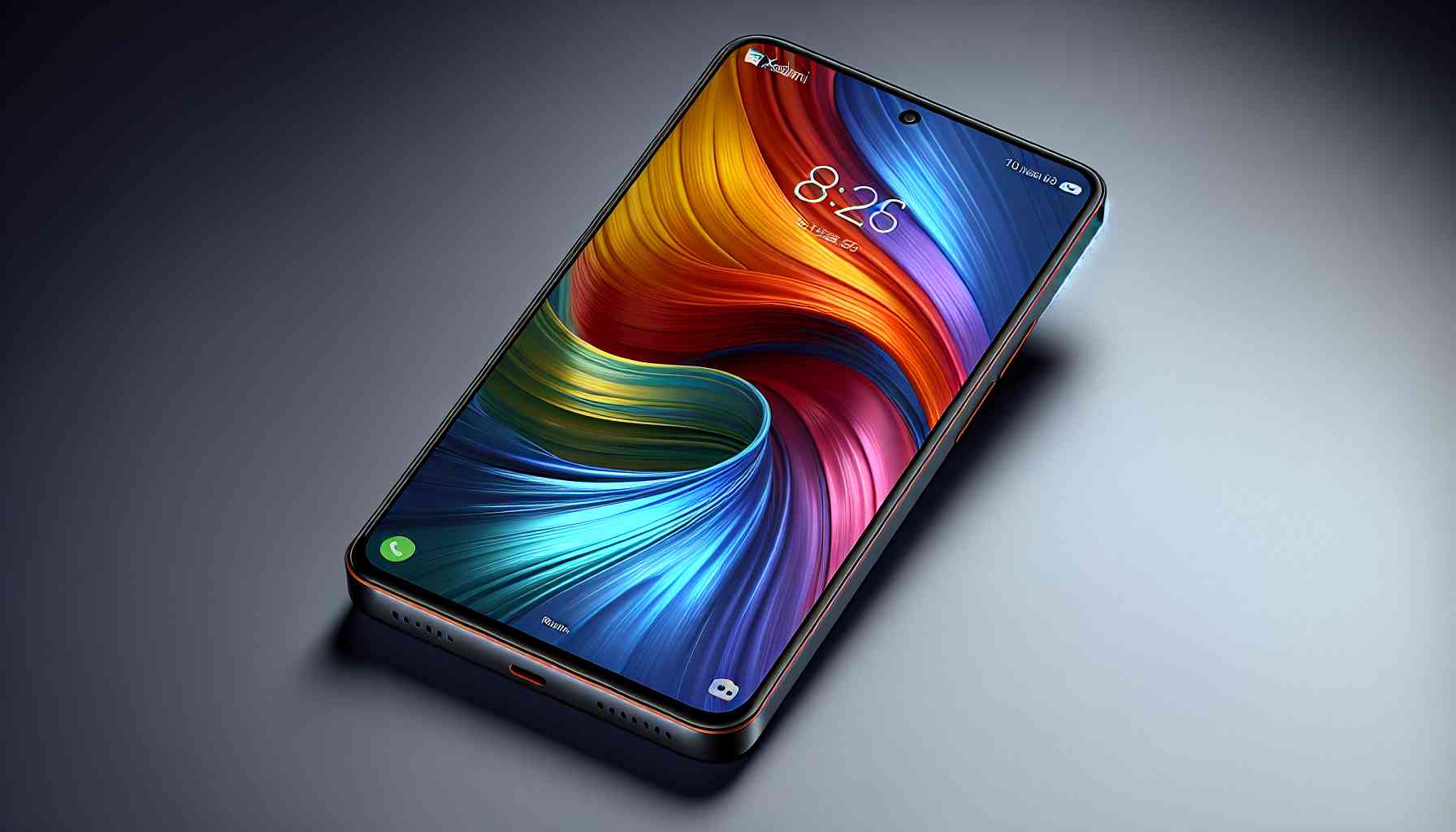Xiaomi, one of the leading smartphone manufacturers in the market, has just unveiled its latest smartphone models in the Redmi Note 13 series. This series consists of three different models with various features and configuration options. Here are the key details about these new phones.
Redmi Note 13 Features
The base model of the Redmi Note 13 is equipped with a 6.67-inch Super AMOLED display with a resolution of 1080 x 2400 pixels and a refresh rate of 120 Hz. The display also offers a maximum brightness of 1000 nits. Additionally, the smartphone is protected by durable Corning Gorilla Glass 5.
In terms of performance, the Redmi Note 13 utilizes the MediaTek Dimensity 6080 chipset and the Mali-G57 MC2 graphics processor. Customers can choose between 6 GB, 8 GB, or 12 GB of RAM, as well as between 128 GB and 256 GB of internal storage.
As for the cameras, the Redmi Note 13 features a primary 108 MP camera with an f/1.7 aperture lens. It also has a 2 MP macro camera and a 16 MP selfie camera. The phone is powered by a 5000 mAh battery that supports 33 W fast charging.
The Redmi Note 13 is available in three color options: Arctic White, Stealth Black, and Prism Gold. The official sales started in India on January 10, 2024.
Pro and Pro+ Versions
The Pro and Pro+ versions of the Redmi Note 13 offer similar features but with some differences. Both models have 6.67-inch displays with a resolution of 2712 x 1220 pixels, a refresh rate of 120 Hz, and a peak brightness of 1800 nits. Both models are also protected by Corning Gorilla Glass Victus.
The Redmi Note 13 Pro is powered by the Snapdragon 7s Gen 2 chipset and Adreno 710 GPU, paired with 8 GB or 12 GB of RAM and 128 GB or 256 GB of internal storage. On the other hand, the Pro+ model has the MediaTek Dimensity 7200 Ultra processor, the same amount of RAM as the Note 13 Pro, and an additional variant with 512 GB of internal storage. Both models use LPDDR5 and UFS 3.1 for the RAM and internal storage.
In terms of cameras, both models offer a primary 200 MP camera with OIS, an 8 MP unit with a wide-angle lens, and a 2 MP macro camera. The selfie camera on both models is 16 MP. Both models also have stereo speakers with Dolby Atmos support, but the 3.5 mm audio jack is only available on the Note 13 Pro+.
The Redmi Note 13 Pro has a 5100 mAh battery with 67 W charging support, while the Note 13 Pro+ has a 5000 mAh battery with 120 W charging support. Both smartphones will run on Android 13 with the MIUI 14 overlay.
The sales of the Redmi Note 13 Pro and Pro+ will also start on January 10, 2024. Both models will be available in different color options and their prices will vary depending on the configuration.
FAQ:
1. What are the differences between Redmi Note 13 and the Pro versions?
The differences between the Redmi Note 13 and the Pro versions include the chipset, display, cameras, battery capacity, and charging power.
2. What are the differences between the Pro and Pro+ versions?
The main differences between the Pro and Pro+ versions are the processor, the amount of available internal storage, and the charging power.
3. When will the sales of these smartphones start?
The sales of all Redmi Note 13 models will start on January 10, 2024.
Definitions:
Chipset – A set of integrated circuits responsible for managing the operation of a mobile phone.
Super AMOLED Display – Display technology that offers high image quality and low energy consumption.
RAM – Short for Random Access Memory, the temporary memory that stores data and programs in use at any given moment.
Internal Storage – The storage in the phone where data, applications, and the operating system are stored.
Battery – The power source of a mobile phone.
Source:
Link
The source of the article is from the blog crasel.tk
